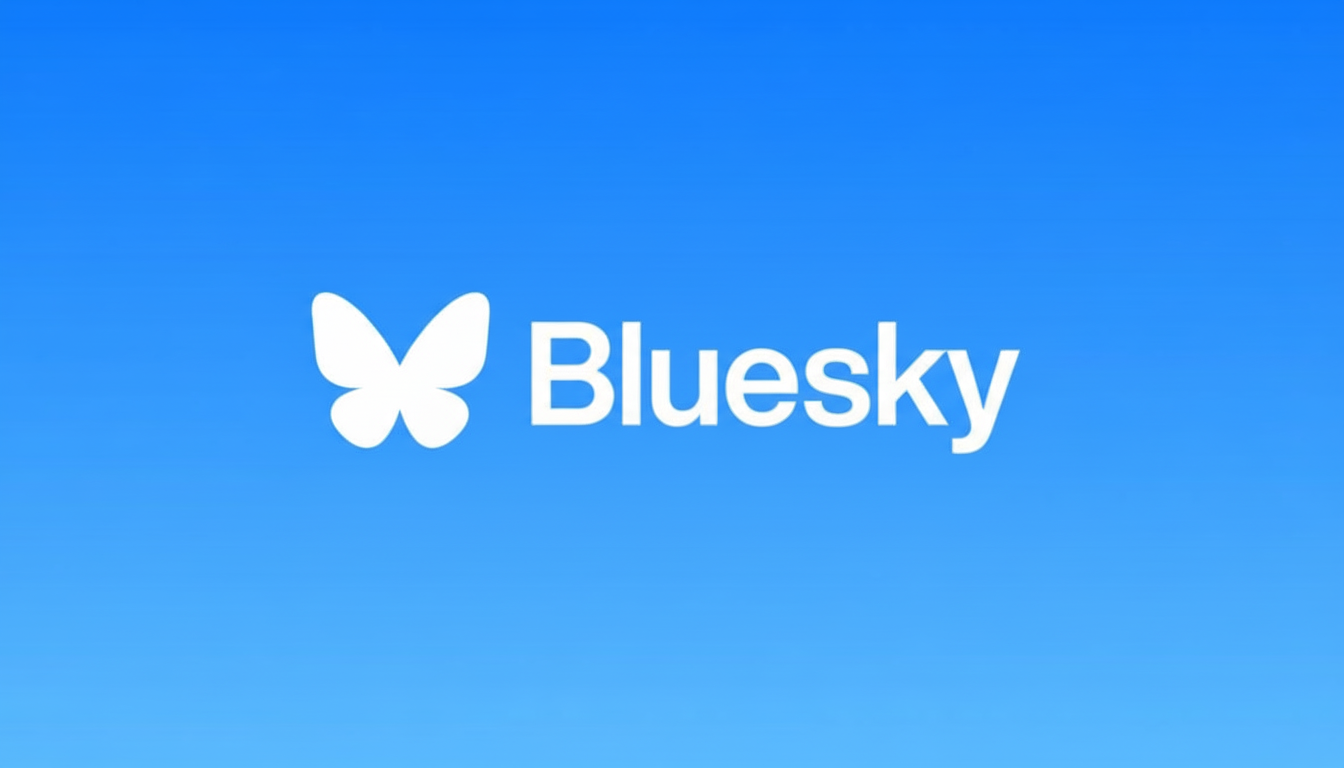Bluesky recently reached 40 million users and launched a “dislikes” beta to influence what people see in the feeds. The company explains that the new signal – which will influence ranking on Discover and reply views – is just another step towards ensuring conversations feel relevant, less toxic, and more straightforward to grasp as the platform matures.
The development further demonstrates how Bluesky continues to attract users, offering an alternative to established social media platforms. Instead of using repressive tactics or a single mysterious algorithm, it uses user preferences, progressive ranking models, and decentralized moderation to influence its community culture.

Why Dislikes Matter for Personalized Feed Experiences
The new beta, which allows users to dislike a post, provides a well-defined negative preference signal to the system. However, rather than acting as a public score, Bluesky explains that dislikes help with personalization: users see these posts less often, while other similarly disliked replies or accounts are de-emphasized. The design is fluid, similar to TikTok’s “Not interested” feedback to the feed, but averts public downvotes that can lead to systematic abuse.
Bluesky is correct that designing negative feedback is complex; Reddit’s downvotes can be informative or weaponized, while YouTube hid dislike counts after brigading concerns. How the dislikes are received will determine if Bluesky can benefit from a corrective signal without creating a crisis of abuse.
Social Neighborhoods Aim to Clarify Conversations
Alongside dislikes, Bluesky is testing a model that maps “social neighborhoods” – clusters of people who often interact. Replies from users closer to your neighborhood will rank higher, whereas distant or low-quality commentary will be pushed down. This is supposed to make replies feel more familiar and context-rich rather than random, and it addresses a frequent algorithmic network pain point. Commentators have observed some competitors, such as Threads, surfacing discussion fragments without context, creating midstream confusion for users. By considering proximity/significance through shared engagement patterns, Bluesky expects to maintain open feeds’ serendipity while mooring discussions in the circles consumers really care about.
Sharper Tools for Safer, More Constructive Conversations
Bluesky claims its current ranking model identifies replies that are toxic, spammy, off-topic, or submitted in bad faith more effectively. The upranking in threads, search, and notifications has been reduced. A minor design modification now routes taps on the Reply button to the entire thread before composing, urging users to read the context and decreasing the “content collapse” and repetitive answering.
User control is still paramount. People can utilize moderation lists to block organizations and set content filter levels, mute words, subscribe to third-party moderation services, and detach quote posts to avoid dunk-based pile-ons—a behavior that solidified the culture on X. Reply settings are more noticeable so authors can decide who can answer before a thread spins out of control.

A 40 Million User Milestone in Broader Context
Hitting 40 million users puts Bluesky among the fastest-growing newcomers in social over the past two years, a period marked by churn across legacy platforms and a broader search for healthier online communities. The company’s architecture—the AT Protocol—lets users take their identities across services, and, perhaps most importantly, choose different moderation providers, a stark contrast to the centralized platforms. That portability might matter for long-term trust and retention: researchers at organizations like the Stanford Internet Observatory have shown that, all else equal, people in decentralized networks are less likely to be radicalized.
Still, scale cuts both ways. As the feeds grow, so too do the opportunities to discover unsolicited content and low-quality replies. Analysts at firms such as Similarweb and Data.ai have repeatedly found that sustained engagement works not just on raw sign-ups, but on whether users feel more in charge of what they see. Bluesky’s dislikes and neighborhood mapping aim to convert a large user base into durable daily use by increasing relevance without overly constricting discovery.
What to Watch as the Dislikes Beta Rollout Begins
Key questions now are tactical.
- Will dislikes be private signals, or will Bluesky experiment with transparency without brigading?
- How much will the system overweight negative feedback versus positive actions, like follows, likes, and replies?
- Can social neighborhoods produce more sensible discussions without blowing up into calcified filter bubbles?
Success metrics are simple:
- Reduced reports of reply toxicity
- Fewer low-quality interruptions in threads
- Higher satisfaction with the Discover feed
- Improved retention for new cohorts
The transparency will also be important. Regular updates on model adjustments and moderation outcomes—the type of updates academic and civil society groups, such as the Knight First Amendment Institute, often clamor for—could help ameliorate that, building trust as Bluesky finds a way to be “open” while also keeping people safe.
For now, the signal is clear. Bluesky isn’t in the business of chasing viral spectacle. Bluesky is gambling that allowing people radically more control over whom they hear from—and whom they don’t—might convert those 40 million sign-ups into a network environment where conversations feel genuinely human, not perfectly hostile.

